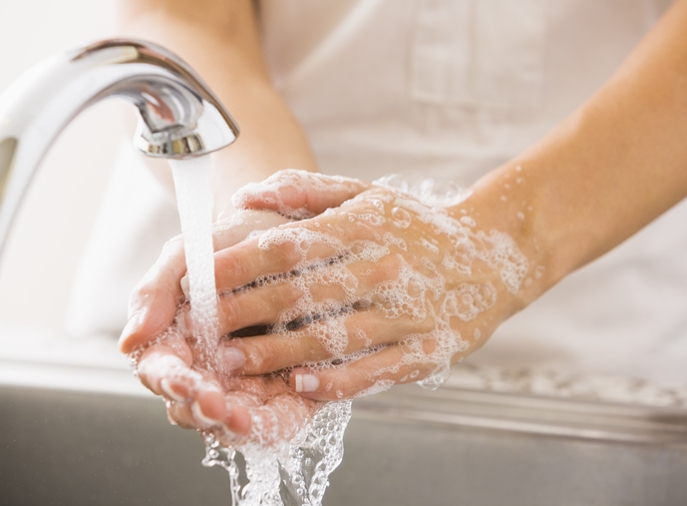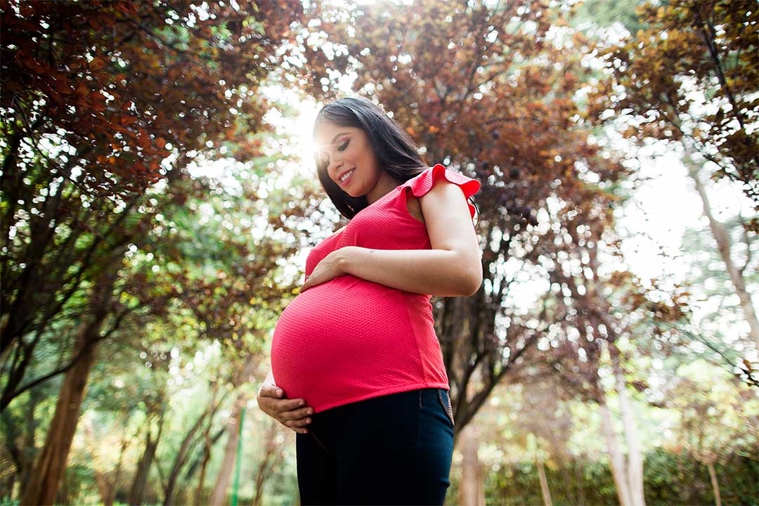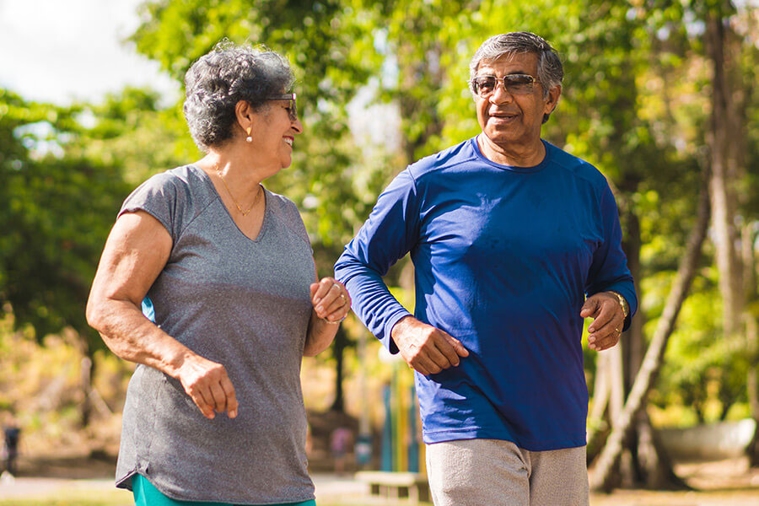
5 handwashing tips for novel coronavirus
In addition to avoiding those who are sick, staying home if you feel ill, and covering your nose and mouth when you cough or sneeze, handwashing is one of the best ways to prevent spread of respiratory diseases such as coronavirus, according to the CDC.
How to wash your hands
To rid your hands of the most germs, you need to use proper handwashing technique. Experts recommend these five steps:
- Wet your hands. You can use hot or cold water. Turn off the tap to save water during the next few steps.
- Lather up. Apply soap and rub your hands together to make a lather. Scrub all over your hands, including the backs or your hands and under your nails.
- Scrub for 20 seconds. Lathering with soap for at least 20 seconds helps you remove more germs from your hands. Anything less than that kills fewer germs. Don't want to count to 20? Humming the "Happy Birthday" song twice is the right amount of time.
- Rinse your hands well under the faucet.
- Dry your hands with a clean towel, or air dry them.
You can find more information at the CDC’s handwashing webpage.
When to turn to hand sanitizer
Using soap and water is the best way to clean your hands. But it's not always easy to get to a sink—like while you're out running errands. In those cases, you can use an alcohol-based hand sanitizer, or hand gel. Keep some in your purse or your car's glovebox.
When buying a hand sanitizer, check the product label to make sure it contains at least 60% alcohol. It takes that amount of alcohol to help kill germs. Put some of the gel on your hands and rub them together until they're dry, which should also take about 20 seconds.
Learn more about coronavirus
Learn more about COVID-19 prevention and treatment on the CDC website and learn about Adventist Health coronavirus preparedness.



